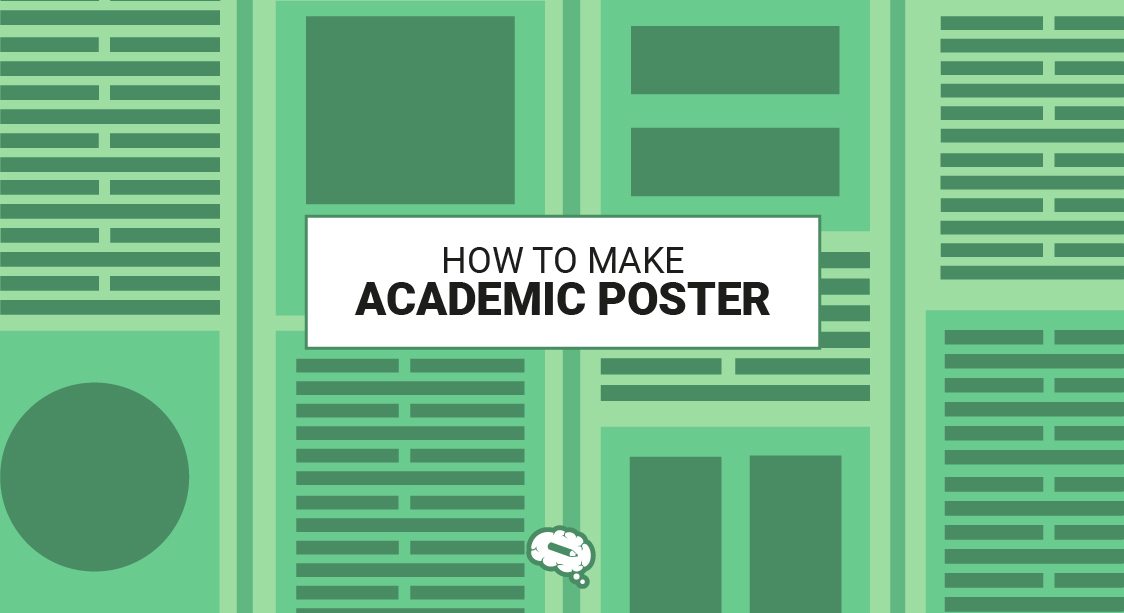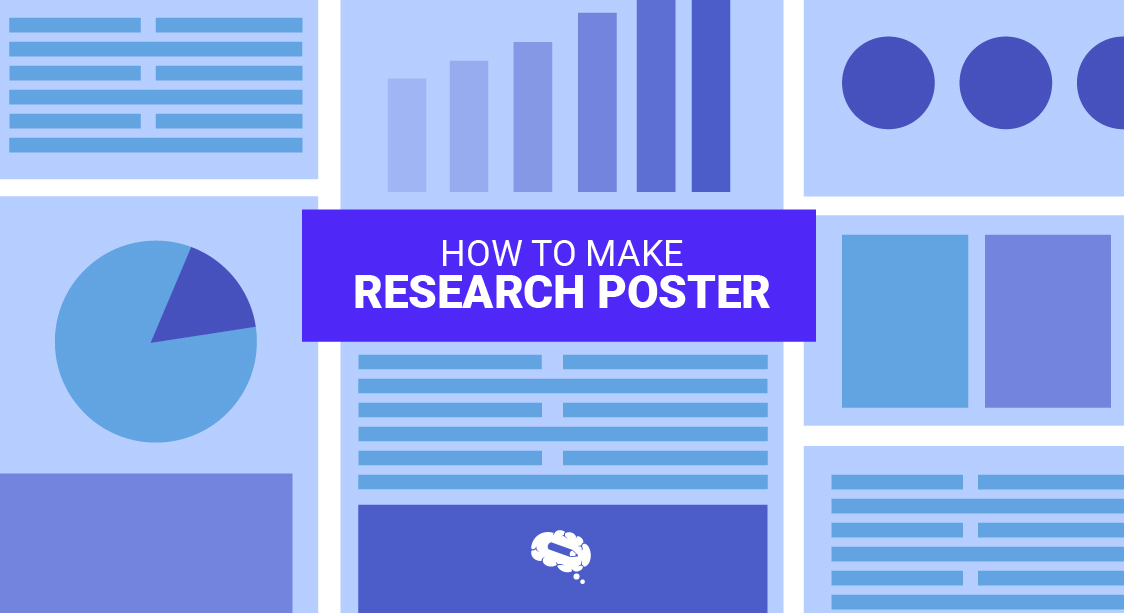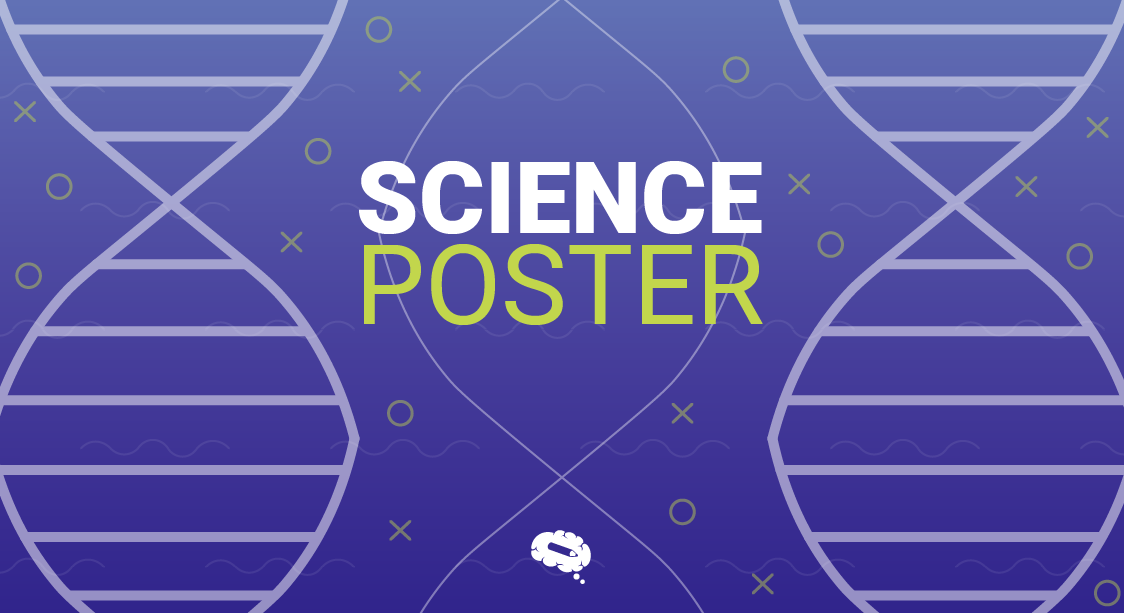Are you a scientist or researcher looking to create an eye-catching academic poster? Look no further! In this ultimate guide, we will walk you through the step-by-step process of making an engaging and visually striking academic poster. Whether you’re a beginner or a seasoned professional, we’ve got you covered. We understand the challenge researchers face in visualizing complex scientific data without specialized design skills, which is why we’ve developed Mind the Graph. Our online platform offers a user-friendly experience, allowing you to easily create visually appealing figures, infographics, graphical abstracts, presentations, and of course, posters. With over 75,000 scientifically accurate illustrations in 80+ fields, Mind the Graph is the best free infographic maker for science. Get ready to take your scientific communication to the next level!
Understanding Academic Posters
Importance of Academic Posters
Academic posters are a critical medium for communicating complex scientific data in a visually digestible format. They serve a pivotal role at scientific conferences, symposiums, and seminars, offering researchers a platform to showcase their work, share findings, and promote dialogue within the scientific community. An effective academic poster can engage the audience, encourage questions, and spark meaningful conversations, thereby leading to new collaborations and insights. However, making an academic poster that stands out is not an easy task. It requires the ability to simplify intricate data into a concise, visually appealing, and comprehensible format that can quickly grab the attention of passersby. This is where tools like Mind the Graph come into play, providing a user-friendly platform to create striking academic posters and enhance scientific communication.
Design Elements of Effective Posters
An effective academic poster is not just about presenting data; it also requires thoughtful design elements to engage the audience and communicate the research effectively. Here are some critical design elements to consider:
- Clarity: Clarity is key. The poster should present the research in a concise, straightforward manner, avoiding unnecessary jargon.
- Visual appeal: Use graphics and visuals to present complex data, making it easier for the audience to understand.
- Organization: The layout should guide the viewer’s eye from the title, introduction, methods, results, and finally the conclusion, in a logical order.
- Typography: Choose fonts that are easy to read from a distance. Make sure there’s a contrast between the text and the background color.
- Color Scheme: Choose a color scheme that’s pleasing to the eye and aligns with the research theme.
- Simplicity: Don’t overcrowd the poster with too much information. Less is more.
Remember, the primary goal of an academic poster is to attract attention, present information clearly, and stimulate discussion. Therefore, a well-designed poster can significantly enhance your academic communication and showcase your research effectively.
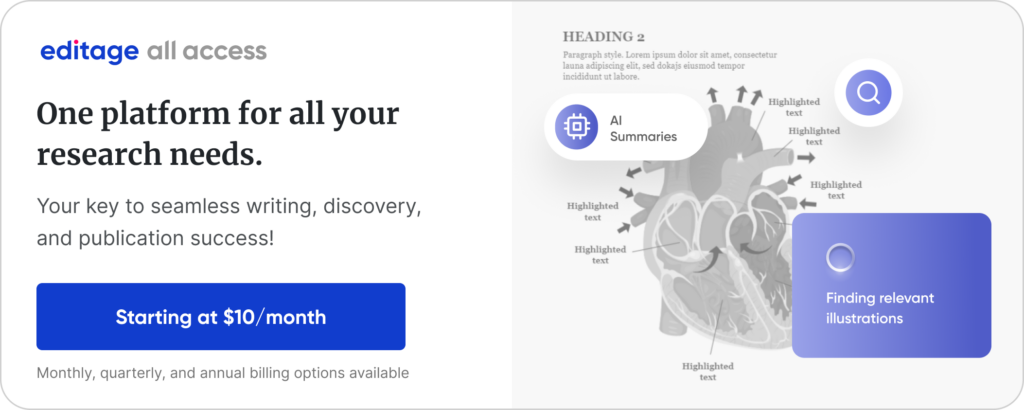
Steps to Create an Eye-Catching Academic Poster
Selecting Key Content for Your Poster
The first step in creating an effective academic poster is to select the key content that will be displayed. You need to distill your research into a concise and clear message that can be conveyed visually. To do this, consider the following:
- Focus on the main findings: Highlight your most important findings or conclusions. These should take center stage in your poster.
- Simplify your methods: While it’s important to mention the methods used in your research, they should be simplified to a high-level overview. Save the detailed explanations for conversations with viewers.
- Use visuals: Whenever possible, use graphs, charts, or images to represent your data. Visuals can convey information more quickly and memorably than text alone.
- Include contact information: Ensure viewers can follow up on your research by including your contact information and any relevant social media or website links.
Remember, the goal is to engage viewers in a conversation about your work, so it’s important to leave some details for in-person discussions. Selecting key content carefully will ensure that your academic poster is effective and engaging.
Structuring Your Poster for Visual Flow
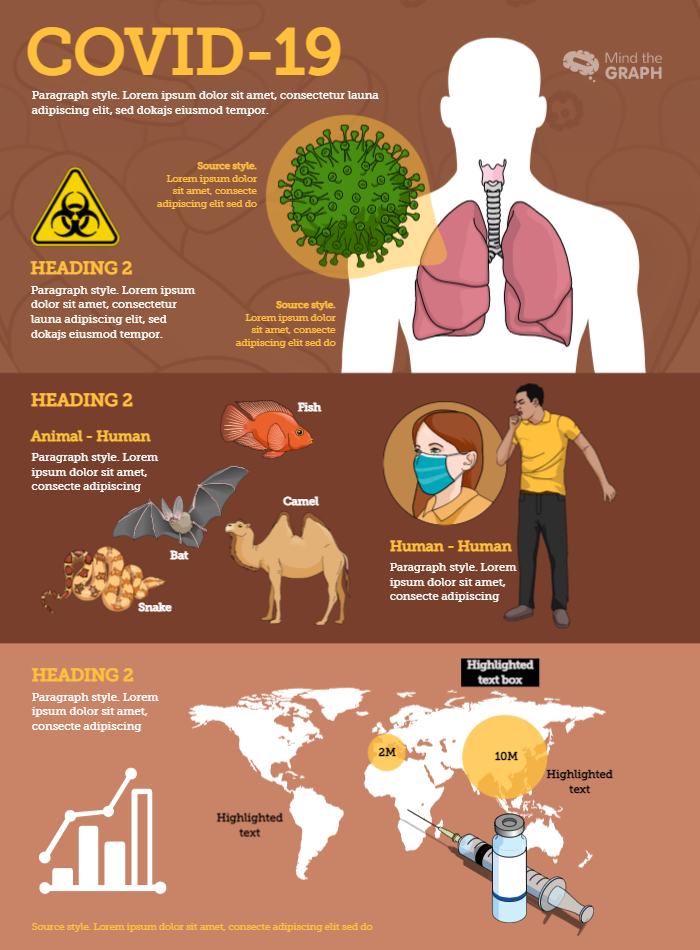
Once you’ve selected the key content for your academic poster, the next step is to structure it for a seamless visual flow. The aim is to guide your viewer’s eye through your poster naturally and logically. Here’s how you can achieve this:
- Title: Place the title at the top center of your poster. It should be the largest text on the poster to draw attention.
- Introduction: Below the title, provide a brief introduction to your research. This should give the viewer a quick understanding of the context and purpose of your study.
- Methods and Results: Following the introduction, present your methods and results. Use visuals like charts, graphs, or images wherever possible.
- Conclusion: Towards the end of the poster, summarize your findings and their implications. This should tie back to the introduction and provide a clear takeaway for the viewer.
- Contact Information: Finally, include your contact details at the bottom of the poster for viewers who want to discuss your research further or follow up later.
Remember to use ample whitespace to avoid clutter and ensure each section of content stands out. The layout should guide the viewer’s eye smoothly from the title to the conclusion, facilitating an easy understanding of your research.
Utilizing Mind the Graph Tools
Overview of Mind the Graph Features
Mind the Graph is an online platform designed to help you create visually appealing and scientifically accurate infographics for your research. Here are some of the key features that make Mind the Graph an invaluable tool for researchers:
- Extensive Illustration Library: Mind the Graph boasts over 40,000 scientifically accurate illustrations across 80+ fields of study. This vast library allows you to visually represent a wide range of scientific concepts, enhancing your ability to communicate complex ideas effectively.
- User-Friendly Design Interface: The platform’s design interface is intuitive and easy to navigate, making it accessible to beginners and professionals alike. You can drag and drop illustrations, resize elements, change colors, and customize your layout with ease.
- Customizable Templates: Mind the Graph offers a variety of customizable templates for different types of scientific communication materials, including posters. These templates provide a great starting point for your design.
- Downloadable Outputs: Once your design is complete, you can download your infographic in high-resolution formats suitable for printing or online sharing.
By leveraging these features, you can significantly enhance the visual appeal and effectiveness of your academic poster.
Creating Your Poster on Mind the Graph
Creating an academic poster on Mind the Graph is a straightforward process, thanks to its user-friendly interface:
- Select a Template: Start by choosing a template that suits your research topic and the information you want to present. Each template provides a well-structured starting point that you can customize to fit your needs.
- Add Your Content: Next, add your research content to the template. You can input text, import images, and use the platform’s extensive library of scientific illustrations to visually represent your data and findings.
- Customize Design Elements: Customize the poster’s design elements to suit your style and preference. Change the colors, adjust the fonts, resize images, and arrange elements to create an effective visual flow.
- Review and Refine: Once you’ve added all your content, review the design for clarity, visual appeal, and logical flow. Make necessary adjustments to ensure your poster communicates your research effectively.
- Download and Share: Finally, download the finished poster in a high-resolution format suitable for printing or digital sharing.
With Mind the Graph, you can create an eye-catching academic poster that effectively communicates your research and captures your audience’s attention.
Tips for Effective Poster Presentation
Engaging Your Audience

Presenting your academic poster offers a unique opportunity to engage your audience directly and stimulate meaningful discussions about your research. Here are some tips to effectively engage your audience:
- Prepare a Short Pitch: Have a concise, engaging summary of your research ready to deliver when someone approaches your poster. This should highlight the key findings and the significance of your work.
- Be Approachable: Stand near your poster and be open to questions and discussions. A warm, welcoming demeanor can encourage more people to stop by and engage with your work.
- Ask Questions: Encourage interaction by asking viewers specific questions related to your research. This not only fosters engagement but can also provide valuable insights.
- Use Non-Technical Language: When discussing your research, avoid using jargon. Instead, explain your work in a way that’s accessible to people outside your field.
- Provide Takeaways: Have key takeaways ready for your audience. These could be insightful observations, implications of your research, or potential future work.
Remember, your goal is to engage viewers in a meaningful conversation about your work, and these tips can help make your poster presentation more interactive and effective.
Do’s and Don’ts of Poster Presentation
While presenting your academic poster, it’s essential to follow some do’s and don’ts to ensure an effective presentation. Here are some tips:
Do’s:
- Practice your pitch: Practice a summary of your research that you can deliver in under a minute. This can help you confidently explain your work to anyone who stops by your poster.
- Stand by your poster: Be present at your poster as much as possible during the poster session. This allows you to engage with viewers and answer any questions they may have.
- Use simple language: Explain your research in simple, accessible language. Try to avoid jargon or overly complex explanations.
Don’ts:
- Don’t overcrowd your poster: While it’s important to present your research comprehensively, avoid overcrowding your poster with too much information. Remember, less is more.
- Don’t be passive: Don’t just stand aside and let viewers read your poster. Engage them in conversation and explain your research.
- Don’t forget to provide context: Ensure you provide enough context for your research so viewers can understand its relevance and significance.
By following these do’s and don’ts, you can ensure a successful and effective poster presentation.
Elevate your research with captivating visuals using Mind the Graph
Mind the Graph platform offers customizable scientific illustrations, templates, and design tools, empowering scientists to create engaging figures that effectively convey their findings. With features to integrate data into graphs and customize colors, fonts, and styles, researchers can personalize their visuals to reflect their unique research style, making their work more accessible and memorable to a wider audience.

Subscribe to our newsletter
Exclusive high quality content about effective visual
communication in science.

